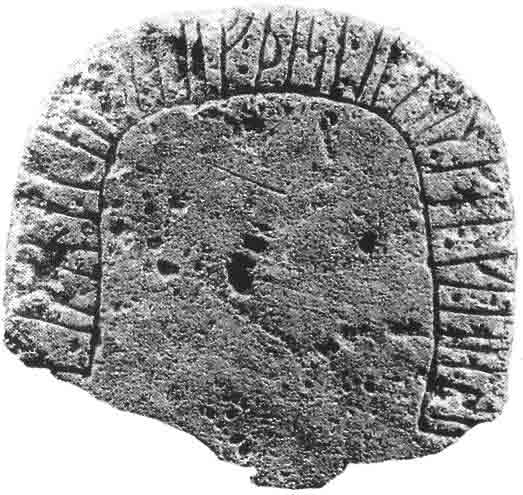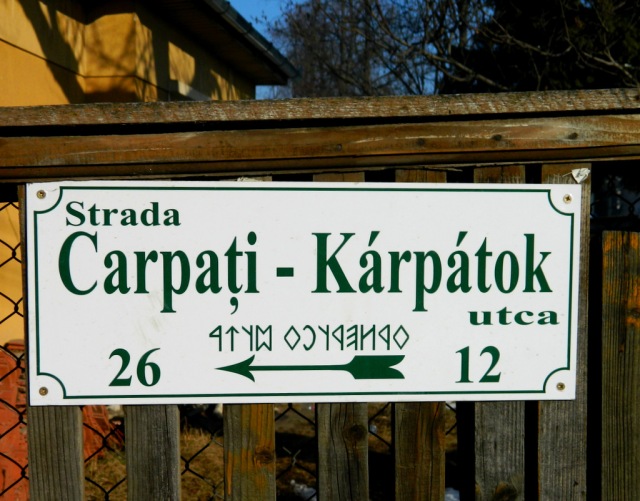The eastern runic scripts unsolved mystery
The Elder Futhark runes are commonly believed to originate in the Old Italic scripts and the fascination with references to it’s North European origin, seems to be largely hyperbolized troughout WWII.

Moreover, especially we could see that if we take a closer look at Carpathian Basin runes, keeping in mind that, scientists cannot give an exact date or origin for Old Hungarian runic scripts — there just has been made a perception that it derives from Old Turkic and partial scientific statement about it differentiation from European runes.
There are at least few findings of runic inscriptions in this area which are much more older than 9th century, when Magyar dynasty of king Arpad historically appears there.
For example, silver buckle found in Szabadbattyán, Hungary, dated to the early 5th century, now at the Magyar Nemzeti Múzeum in Budapest.
The Szarvas inscription refers to the inscription on a bone needle case found near Szarvas in southeastern Hungary and dating from the second half of the 8th century, the “Late Avar” period (700-791).
The question is why, first of all, most of, so called eastern runes found in actual modern Romania;
So to speak, another, supposed to be Slavic, Ukrainian discoveries, has such similarities with other, northern style characters?
The Kowel spearhead was found in the second half of XIX century near Suszyczno, 30 km from Kovel, Ukraine, and dated to the early 3rd century. The spearhead has a runic text with 8 runes written in a very old version of the Elder Futhark.
Nowadays, an 1880 copy of the spearhead is exhibited in Berlin, while another copy from 1884 can be seen in Warsaw. The original Kovel spearhead was looted by Nazi archaeologists from its Polish owner in 1939 and it was lost altogether at the end of World War II.
Some sources states, that it was probably made by SS-Untersturmführer Peter Paulsen, a member of the Nazi SS group called the Ahnenerbe. Paulsen had been assigned to Poland after the German invasion in 1939.
The Ahnenerbe later would perform experiments and launch voyages trying to prove that prehistoric and mythological Nordic populations had once dominated the world. However, the fate of most artifacts discovered by them during the war remains still uknown.

The runic stone from Berezanji Isle in the estuary of the Dnepr river was found in 1905 in a grave-mound, by E. P. Shtern, the professor of Novorossiysk University, during the excavation on this isle. The stone lay in the tomb under the head and bust with runic inscription turned down. Apparently it originally stood on one of the nearby grave-mounds before it was laid into the later grave, but not for very long for it wasn’t much damaged by wind erosion.
The stone with the inscription is a fragment of the memorial, the second part of which wasn’t found.
The inscription can be dated from XI century.
This territory belonged to the Russian Empire, then to the USSR while it existed, now it belongs to Ukraine. This stone now is in the Odessa archaeological museum (registration number 50378).
Ostap Khmarny
Sources:





